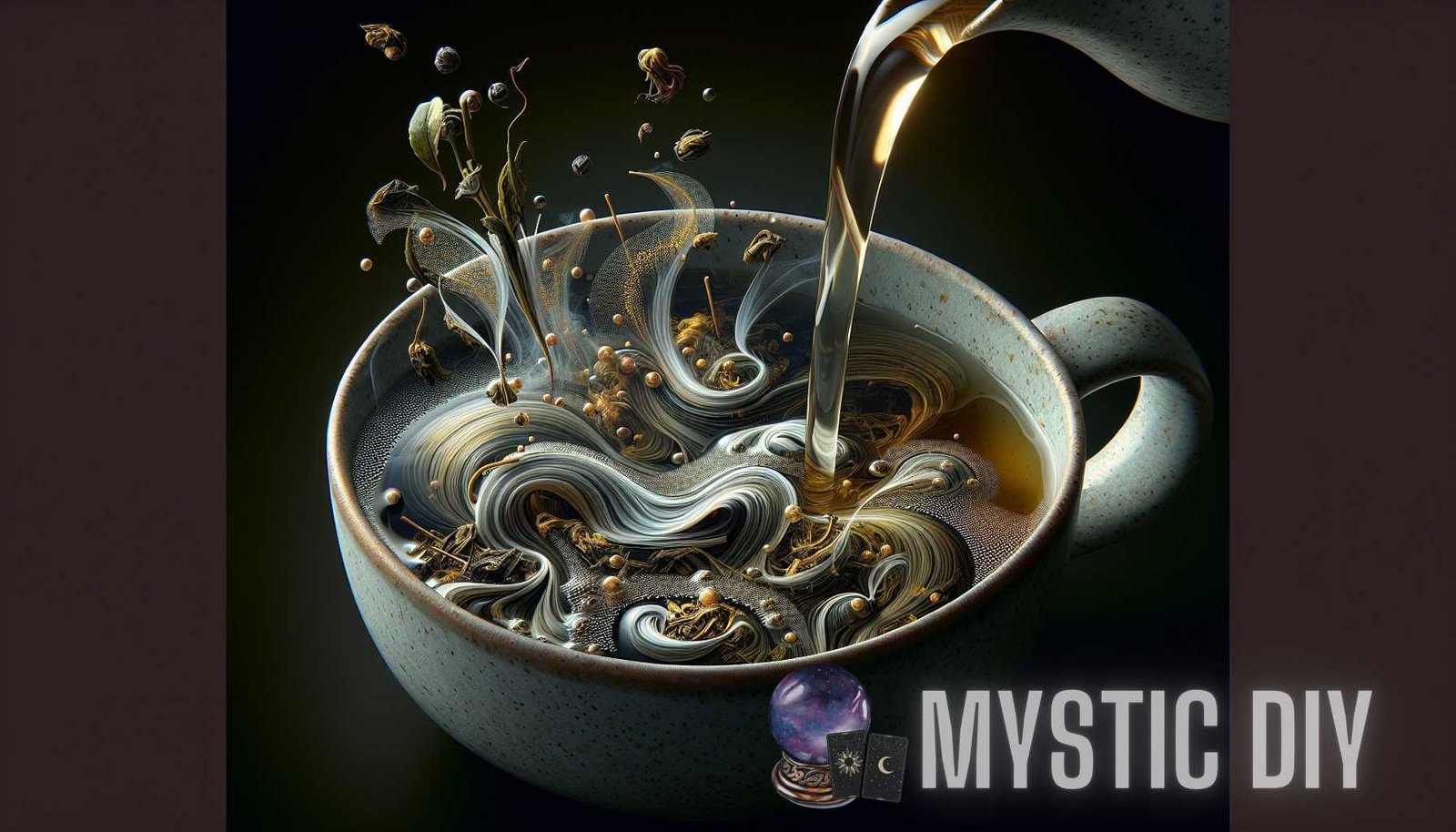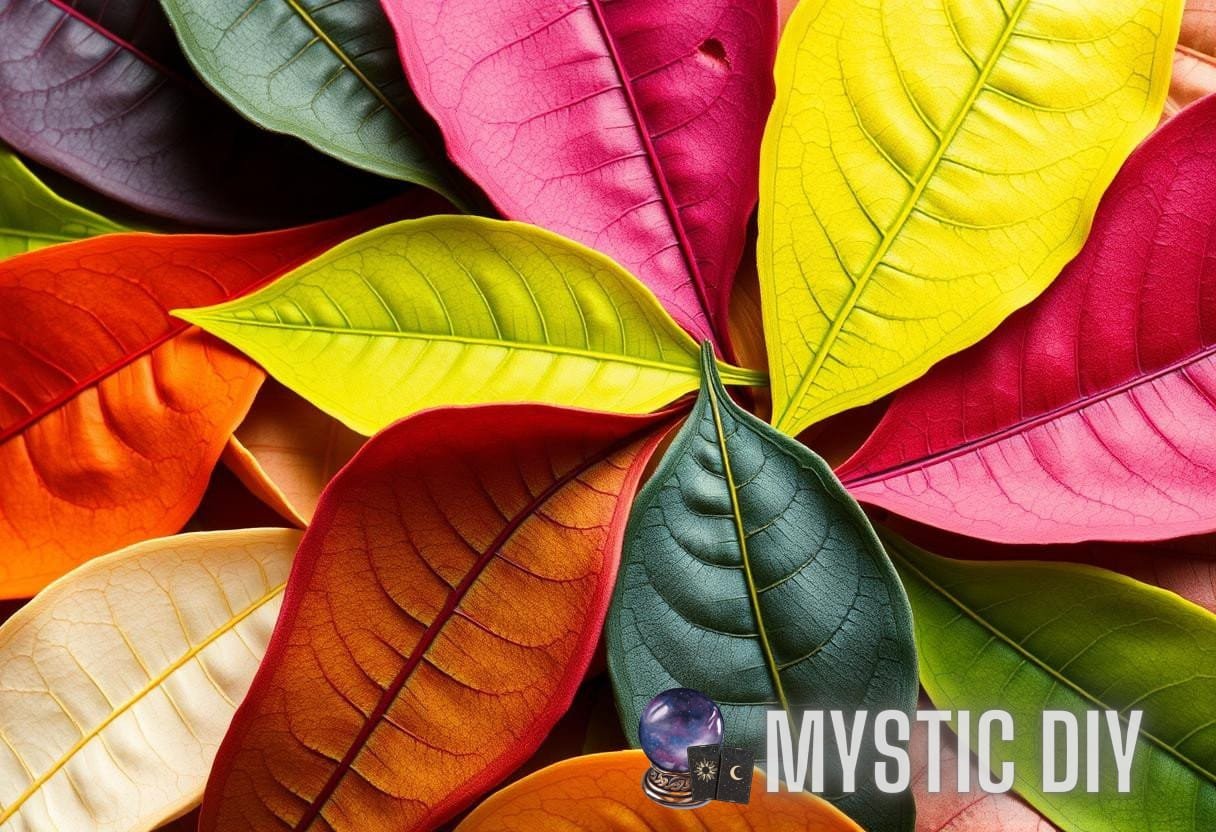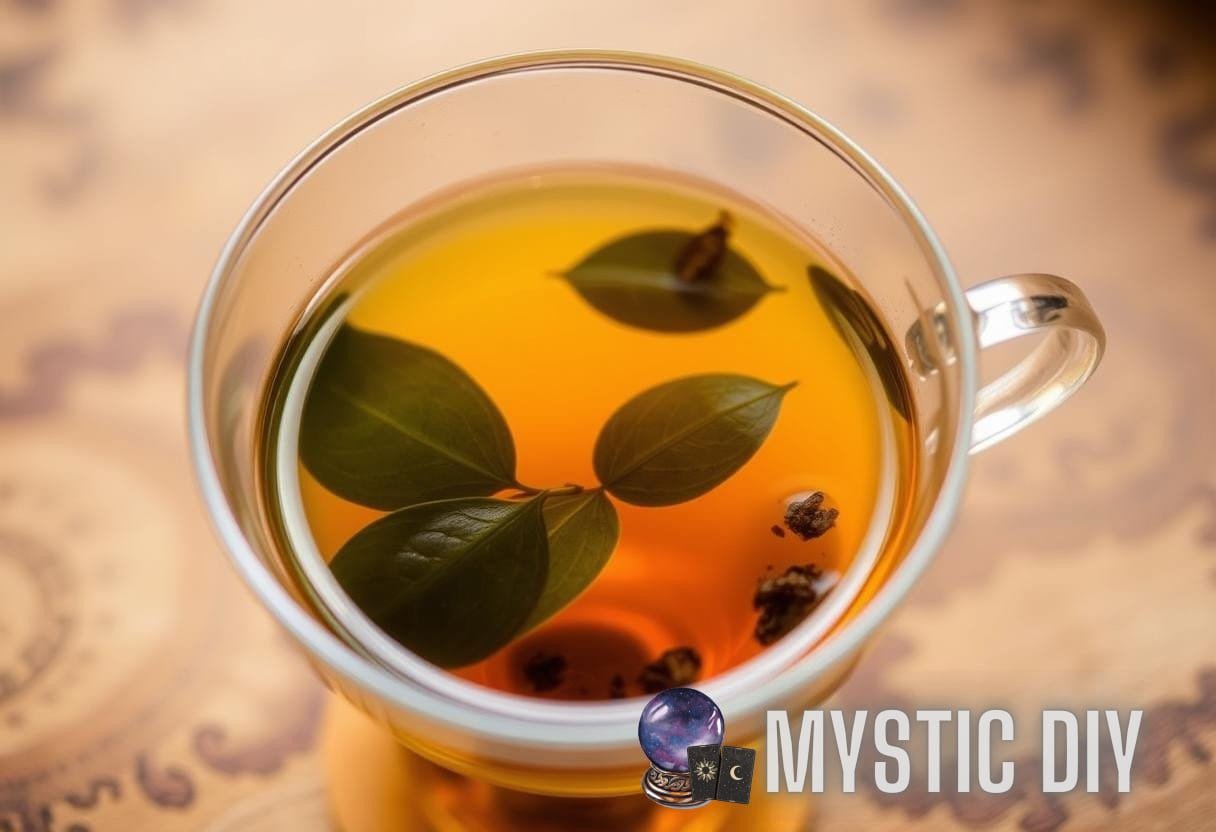The Timeless Wisdom of Tea Leaves: Uncovering the Secrets of Nature’s Silent Messengers
Tea has always held a special place in human culture. From ancient rituals to modern tea ceremonies, it has been revered as a source of comfort, relaxation, and wisdom. But beyond its delicious taste and soothing properties, tea leaves hold a secret. Hidden within their delicate folds lies a language of symbols, a silent message from nature that can reveal insights into our past, present, and future. Welcome to the world of tea leaf reading, also known as tasseography.
For centuries, people have turned to tea leaf reading to gain guidance and clarity in their lives. It is a form of divination that uses the patterns formed by tea leaves in a cup to interpret the meaning behind them. The practice can be traced back to ancient China and Egypt, where it was used by priests and shamans to commune with the divine.
The Art of Tea Leaf Reading
Tea leaf reading is both an art and a science. It requires a deep understanding of symbolism, intuition, and the ability to interpret patterns and shapes. There are no fixed rules or guidelines, as each reader develops their own unique approach. However, there are some common symbols and meanings that have been passed down through generations.
Interpreting Tea Leaf Symbols
When performing a tea leaf reading, the reader carefully observes the patterns formed by the tea leaves in the cup. These patterns can take on various shapes, such as animals, objects, or even letters of the alphabet. Each symbol carries its own meaning, and the reader must rely on their intuition to interpret them.
Here are some common symbols and their interpretations:
- Heart: Love, romance, and emotional connection
- Circle: Unity, wholeness, and completion
- Bird: Freedom, spirituality, and good news
- Tree: Growth, stability, and abundance
- Snake: Transformation, healing, and wisdom
- Letter: A message or communication
These symbols can be combined and arranged in countless ways, allowing for a wide range of interpretations. It is the reader’s skill and intuition that brings the symbols to life, transforming them into meaningful messages.
The Ritual of Tea Leaf Reading
Tea leaf reading is not just about interpreting symbols; it is also a ritual that connects the reader with the divine and taps into their subconscious mind. The process begins with the preparation of the tea and the selection of the cup. The reader may choose a specific type of tea or blend based on the seeker’s needs or the question at hand.
Once the tea is brewed, the leaves are swirled around in the cup and poured into a saucer. The reader then examines the patterns left by the leaves, searching for symbols and messages. It is important to approach the reading with an open mind and a sense of reverence, as this creates a sacred space for the messages to unfold.
Tea leaf reading can be done for oneself or for others. It is often used as a tool for self-reflection, personal growth, and decision-making. However, it can also be a powerful way to connect with others and offer guidance and support.
The Science Behind Tea Leaf Reading
While tea leaf reading may seem mystical and esoteric, there is also a scientific explanation behind it. The patterns formed by the tea leaves are not random; they are a result of the physical forces at play during the brewing process.

Tea leaves contain natural oils and particles that are released when brewed with hot water. These particles float to the surface and create patterns as they move and settle. The shape of the cup, the speed of pouring, and the temperature of the water all play a role in shaping these patterns.
In a sense, tea leaf reading is a form of pattern recognition. The reader’s subconscious mind picks up on familiar shapes and symbols, allowing them to interpret the patterns in a meaningful way. This is similar to how our brains recognize faces in clouds or constellations in the night sky.
While the scientific explanation may take away some of the mystical allure, it does not diminish the power of tea leaf reading as a form of divination. The symbols and meanings are still deeply rooted in our collective consciousness, and the guidance and insights gained from a reading can be profound.
Unlocking the Secrets of Tea Leaf Reading: A Beginner’s Guide to Tasseography
If you are intrigued by the world of tea leaf reading and would like to explore it further, we have put together a beginner’s guide to tasseography. This guide will introduce you to the basics of tea leaf reading and provide you with the tools and knowledge you need to start your own practice.
In this guide, you will learn:
- The history and origins of tea leaf reading
- The symbolism and meaning behind common tea leaf symbols
- How to prepare for a tea leaf reading
- Step-by-step instructions for performing a tea leaf reading
- Tips and tricks for interpreting and understanding the messages
By the end of this guide, you will have a solid foundation in tea leaf reading and be able to conduct your own readings with confidence. Whether you are curious about the future, seeking guidance on a specific issue, or simply want to connect with your inner self, tea leaf reading can be a powerful tool for self-discovery and spiritual growth.
To access the beginner’s guide to tasseography, click here.
The Artistry of Tea Leaves: A Journey Through Time and Culture
Tea has long been associated with art and culture. From the intricate tea ceremonies of Japan to the delicate porcelain tea sets of China, it has inspired artists and craftsmen for centuries. The artistry of tea leaves goes beyond the beverage itself; it extends to the patterns and symbols formed by the leaves in a cup.
In this in-depth article, we delve into the fascinating world of tea artistry. We explore the history and cultural significance of tea leaves, from ancient traditions to modern interpretations. We also take a closer look at the techniques and tools used to create intricate tea leaf designs, such as stencils, brushes, and natural dyes.
Whether you are a tea lover, an art enthusiast, or simply curious about the intersection of art and nature, this article will provide you with a new perspective on the beauty and complexity of tea leaves as an artistic medium.
To read the full article on the artistry of tea leaves, click here.
Conclusion
Tea leaf reading is a time-honored practice that combines the art of symbolism with the science of pattern recognition. It is a window into the mysteries of the universe, offering guidance, clarity, and wisdom. Whether you are a believer in the supernatural or a skeptic of such practices, there is no denying the beauty and intrigue of tea leaf reading.
So the next time you brew a cup of tea, take a moment to gaze into the leaves and see what secrets they hold. You may be surprised by the messages that nature’s silent messengers have to offer.



